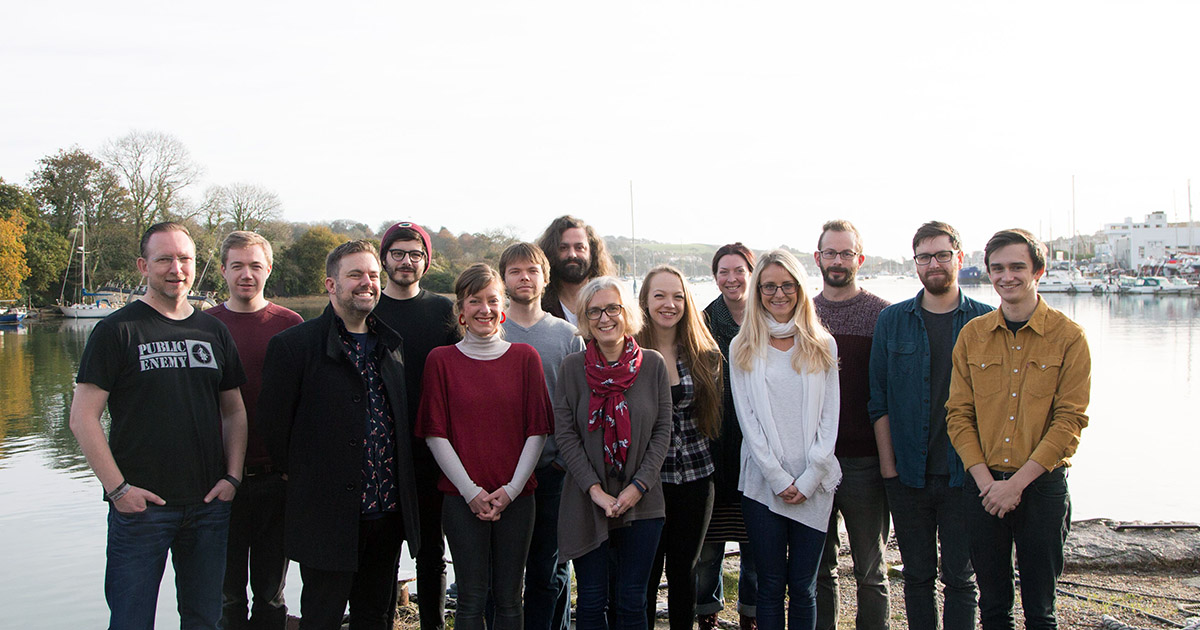Podcast 68: the best B2B content of 2018
As 2018 draws to a close, it’s time to reflect on a year of truly excellent B2B marketing content. Here are a dozen examples.
The B2B Content Audio Blog #13: how to run a B2B messaging workshop
Sales and marketing alignment in a box? The final episode of this season explains how to run a B2B messaging workshop.
The B2B Content Audio Blog #12: 7 tips to help you write up a live event
Live events take work, so it makes sense to turn them into written content too. These 7 tips will help you do it well.
15 of the best copywriting tweets from #B2BCopyChat
A year to the day from the last #B2BCopyChat, we reflect on the best copywriting tips, rants, groans and GIFs from the archivesThe beginning of a new era for Radix
Today is a defining day for Radix as we welcome the agency’s new owners (who you may find reassuringly familiar…)The B2B Content Audio Blog #11: how to run a successful editorial board
Hear how an editorial board can transform your content marketing (and grab five top tips for running one successfully).
Music and words: the sounds that drive great copy
For many copywriters, headphones are an office essential. For others, they’re a needless distraction. Can music change how you write?Podcast 67: B2B content trends and analytics – which formats get the best results?
Which types of B2B content get the strongest engagement? And how do you measure what content works best?
The B2B Content Audio Blog #10: five essential QA tests for B2B copywriting
How do you get an objective view of which content will work, and which won’t? We use a hierarchy of five key tests.



